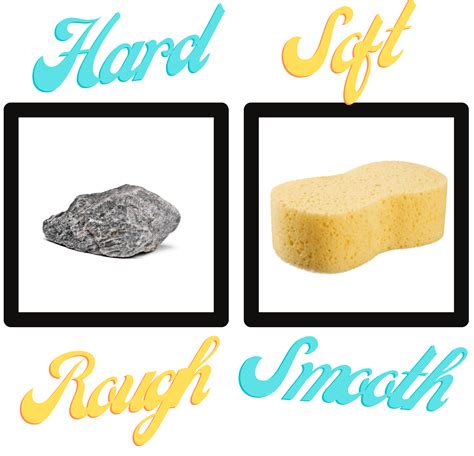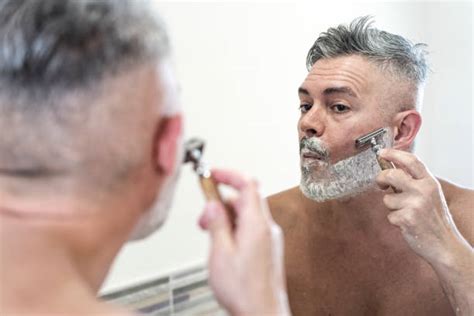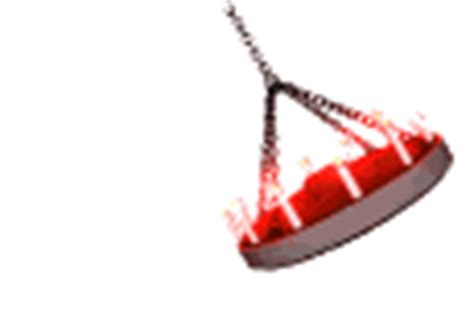Prevent ingrown hairs: Best pre-shave prep for a performance-grade, irritation-free shave?

Why Pre-Shave Prep is Your Secret Weapon
For many, shaving is a daily ritual fraught with potential pitfalls: razor burn, nicks, and the dreaded ingrown hair. These uncomfortable bumps can ruin an otherwise fresh look and lead to persistent irritation. The good news? The solution often lies not in your razor or technique alone, but in the crucial steps you take before the blade even touches your skin. A superior pre-shave preparation is the foundation for a performance-grade, irritation-free shave, transforming a chore into a luxurious and effective grooming experience.
This comprehensive guide will walk you through the optimal pre-shave routine designed to soften skin, lift hairs, and create the perfect canvas for a smooth, close shave, dramatically reducing the risk of ingrown hairs.

Understanding the Enemy: Ingrown Hairs
Before we dive into prevention, let’s understand what we’re up against. Ingrown hairs occur when a hair, instead of growing outward, curls back into the skin or grows sideways into the follicle wall. This often happens after shaving, especially with curly hair or when hair is cut too short, allowing the sharp tip to easily penetrate the skin. The body reacts to this trapped hair as a foreign object, leading to inflammation, redness, and sometimes painful bumps.
Factors contributing to ingrown hairs include dead skin cells clogging follicles, dry skin, improper shaving technique, and using dull blades. Our pre-shave routine aims to address these underlying causes head-on.
The Essential Steps for a Flawless Foundation
Step 1: Cleanse Thoroughly
Start with a clean slate. A good face wash or cleanser is non-negotiable. Shaving on dirty skin can push bacteria into open pores, leading to irritation and potential infections. Use a mild facial cleanser to remove dirt, oil, and impurities that have accumulated on your skin overnight or throughout the day. This also ensures your shave cream can work effectively without obstruction.
Step 2: Gentle Exfoliation
Exfoliation is perhaps the most critical step in preventing ingrown hairs. By gently removing dead skin cells, you prevent them from trapping growing hairs beneath the surface. Exfoliation also helps to lift existing hairs away from the skin, making them easier for your razor to cut cleanly. Opt for a gentle facial scrub or a chemical exfoliant (like one containing salicylic acid) a few times a week, paying special attention to areas prone to ingrown hairs.
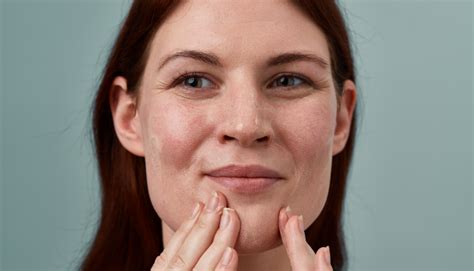
Step 3: Warmth and Hydration
This step is all about softening your skin and hair. Warmth opens up pores and relaxes the skin, while hydration makes your hair follicles supple and easier to cut. There are several ways to achieve this:
- Warm Shower: The steam and warm water from a shower are excellent for preparing your skin. Shave towards the end of your shower, or immediately after.
- Hot Towel Compress: Soak a clean towel in hot water, wring it out, and apply it to your face for a minute or two. This classic barber shop technique works wonders.
The goal is to saturate your beard or stubble with warm water, making the hairs soft and pliable, significantly reducing tugging and pulling during the shave.
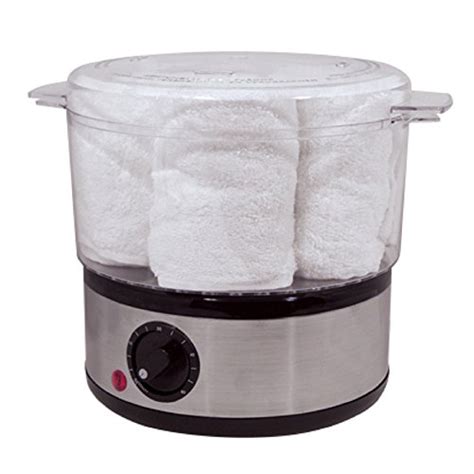
Step 4: The Pre-Shave Oil Advantage
A high-quality pre-shave oil creates a protective barrier between your skin and the razor blade. It provides extra lubrication, allowing the razor to glide more smoothly, reducing friction, and minimizing irritation. Furthermore, the oil helps to further soften the hairs, leading to a closer and more comfortable shave without having to press hard.
Apply a few drops of pre-shave oil to your damp skin after cleansing and warming. Massage it in gently, ensuring even coverage over the area you intend to shave. Allow it to soak in for a minute before applying your shaving cream or foam.
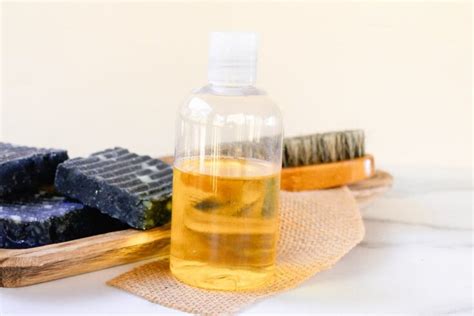
Beyond Pre-Shave: The Full Shave Ecosystem
While an excellent pre-shave routine is foundational, it’s part of a larger ecosystem for an irritation-free shave:
- Quality Shave Cream/Soap: A rich, thick lather protects the skin and lifts hairs.
- Sharp Blade: Always use a sharp, clean razor blade. Dull blades pull and drag, increasing irritation and the likelihood of ingrown hairs.
- Proper Technique: Shave with the grain first, especially if you have sensitive skin or are prone to ingrowns. Use short, light strokes.
- Post-Shave Care: Rinse with cool water, pat dry, and apply a soothing aftershave balm or moisturizer to hydrate and calm the skin.
Conclusion: Shave Smarter, Not Harder
Preventing ingrown hairs and achieving a truly irritation-free, performance-grade shave is within reach. It’s not about magic razors or complicated techniques, but rather a consistent commitment to proper preparation. By integrating thorough cleansing, gentle exfoliation, ample warmth and hydration, and the protective layer of pre-shave oil into your grooming routine, you set the stage for a superior shaving experience every time.
Invest in your pre-shave prep, and you’ll find that your skin feels smoother, looks healthier, and your shaving experience transforms from a daily challenge into a moment of refined self-care. Say goodbye to razor bumps and hello to perfectly smooth, irritation-free skin.
